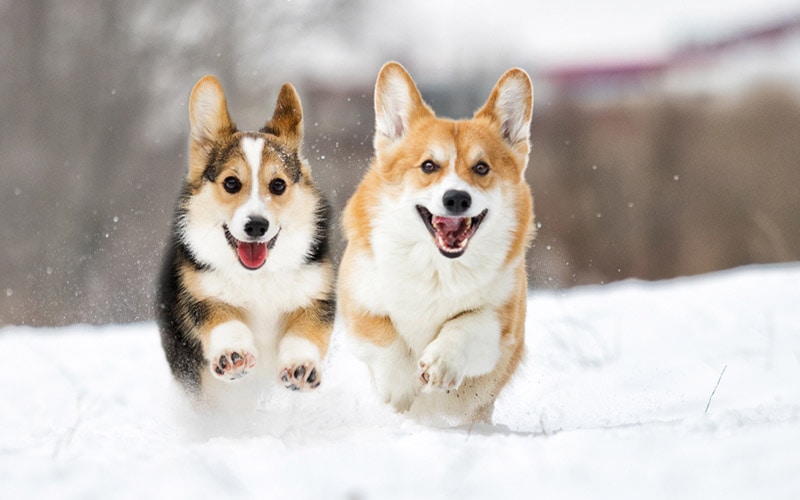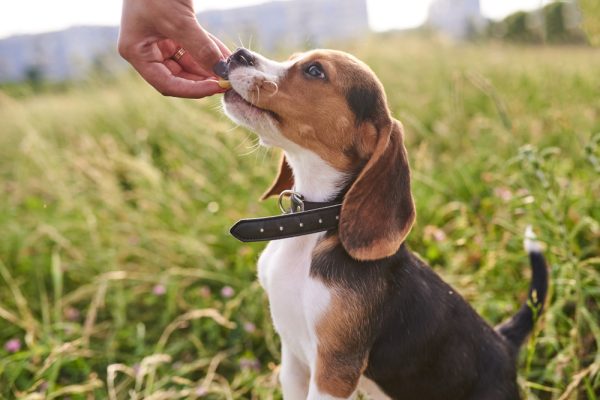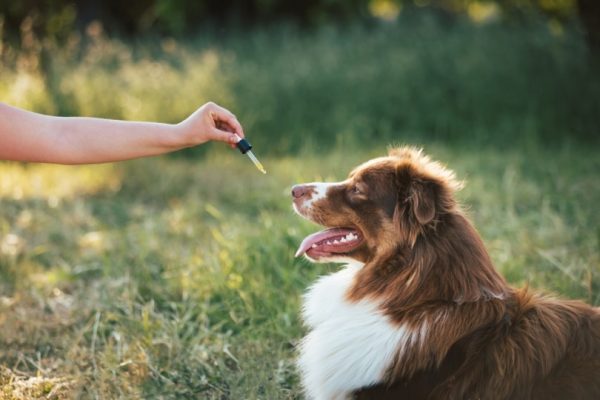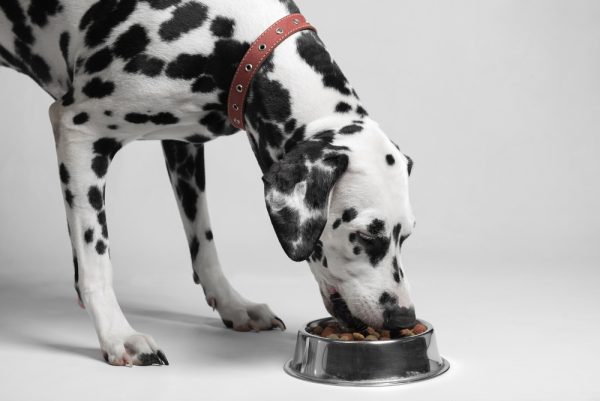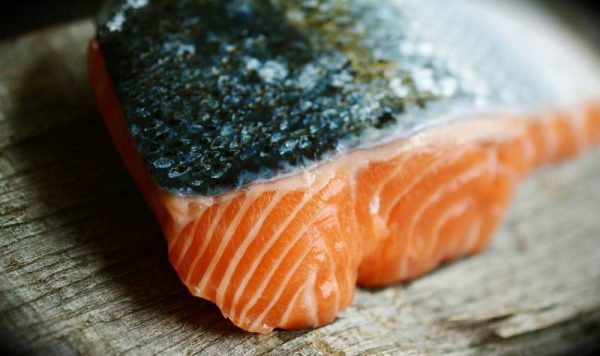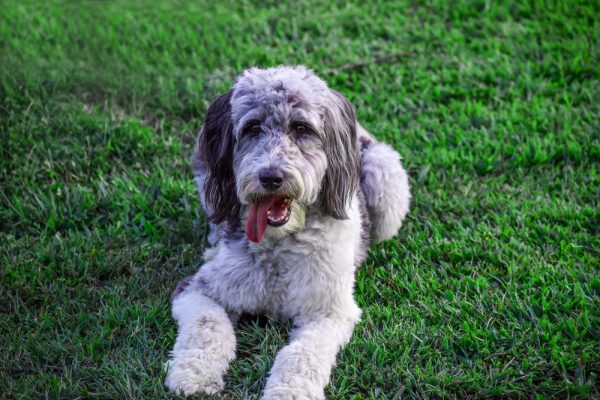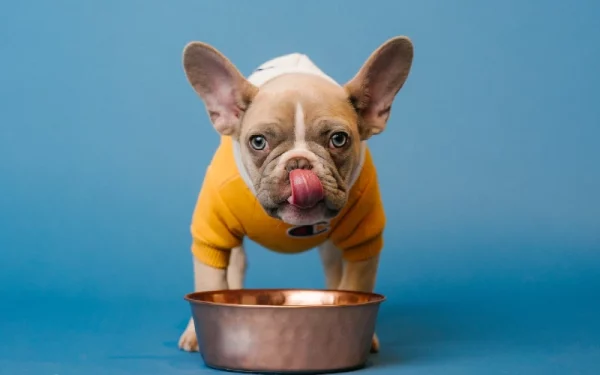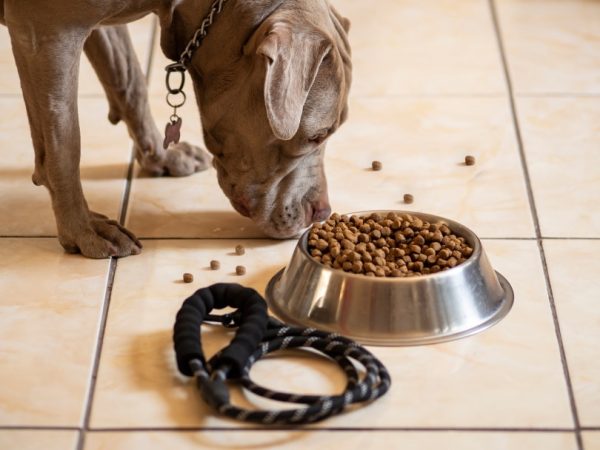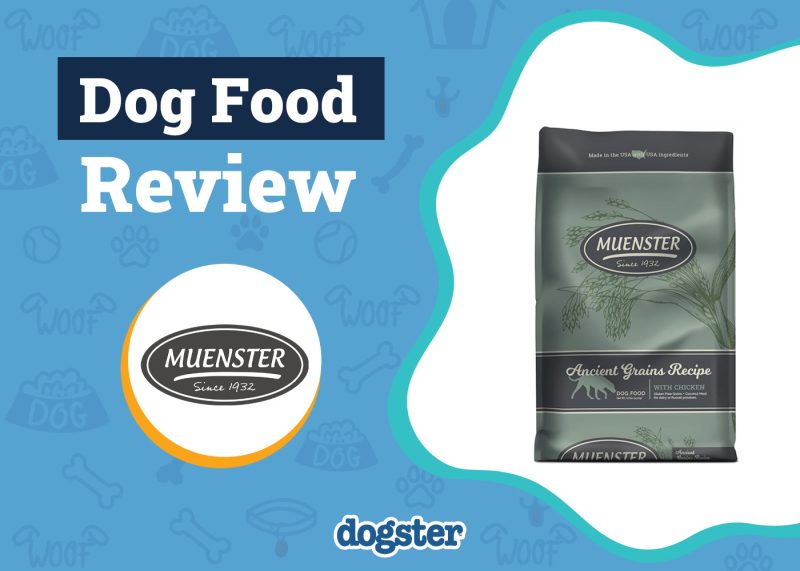In this article
View 2 More +Watching a dog play in the snow, especially if it’s the first time they are experiencing it, can be quite amusing. They run, roll, jump, and play, embracing the snow with joy. It can make some dog owners wonder why dogs love the snow so much.
There is no exact answer to why dogs love snow, but several likely reasons exist. In this article, we look at three probable reasons dogs act so silly whenever the snow appears.

Do All Dogs Love the Snow?
Not all dog breeds love the snow with the same amount of enthusiasm. Some dogs wholly dislike it. Others may not mind it, but you won’t catch them playing in it. If your dog is a cold-weather breed, like an Alaskan Malamute or a Siberian Husky, they are more likely to enjoy the snow and naturally love it.
Dogs with thin coats bred in warm climates may not be able to handle the snow, as well as some other breeds. They may not only dislike the snow, but it could also be dangerous to be outside in it for long periods.
If your dog is small, has a thin coat, or is otherwise hesitant to go out in the snow, try to keep them warm by using boots and coats when they have to be outside. Providing a barrier between them and the snow can help make their outings more enjoyable.
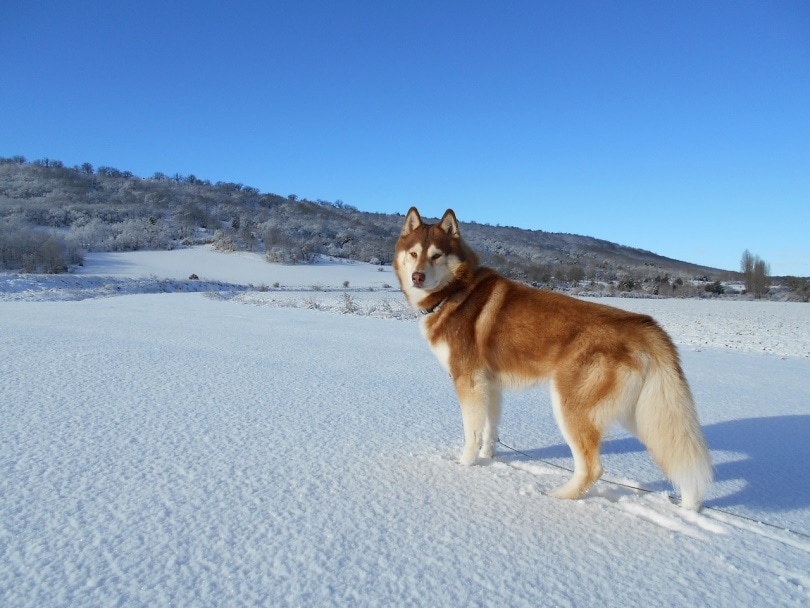

Three Likely Reasons That Dogs Love the Snow
1. Instincts
Dogs may be instinctually inclined to play in the snow. Wild dogs don’t have access to natural water sources when everything is frozen. Even though domesticated dogs today have access to water indoors, wild dogs rely on eating the snow to get the hydration they need.
Many animals have the instinct to play when they’re young, following them into adulthood. Being playful in the snow is a way that a dog can express this instinct. Children also have the instinct to play, and many young kids also love to play in the snow. Dogs have mental abilities that are similar to those of a 2-year-old child. It makes sense that both dogs and kids love to play in similar ways.
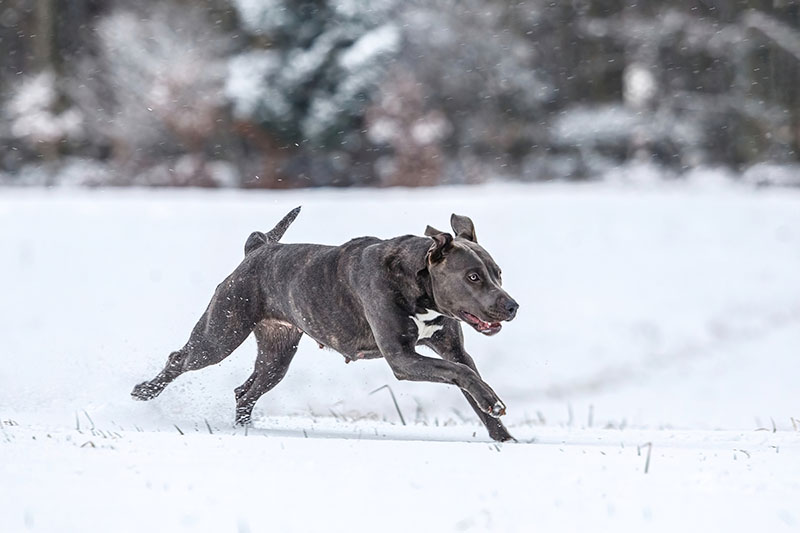
2. The Snow Is New
Dogs fall into a routine quickly, and any change in that routine can be exciting. Walking outside to the world that you think you know and seeing it covered in a blanket of fluffy snow is something new and surprising to dogs. This can lead to their fascination with it. After all, they don’t understand where it came from or why it’s there.
If your dog sees snow rarely, they could be extra excited whenever it appears. This makes them even happier to play and frolic in it. Dogs that often see snow, like sled dogs in the Arctic, don’t get as excited about the snow because they see it so often. They’ve become used to it, so it’s no longer providing a new sensory experience for them.
3. The Snow Feels Good
The cool, fluffy snow feels different to dogs. For many breeds, the cold gives them energy and keeps them motivated to play. Dogs with thick coats can stay comfortable in the snow even if it’s cold. Romping and rolling through snow provide dogs with a feeling that they may not normally get.
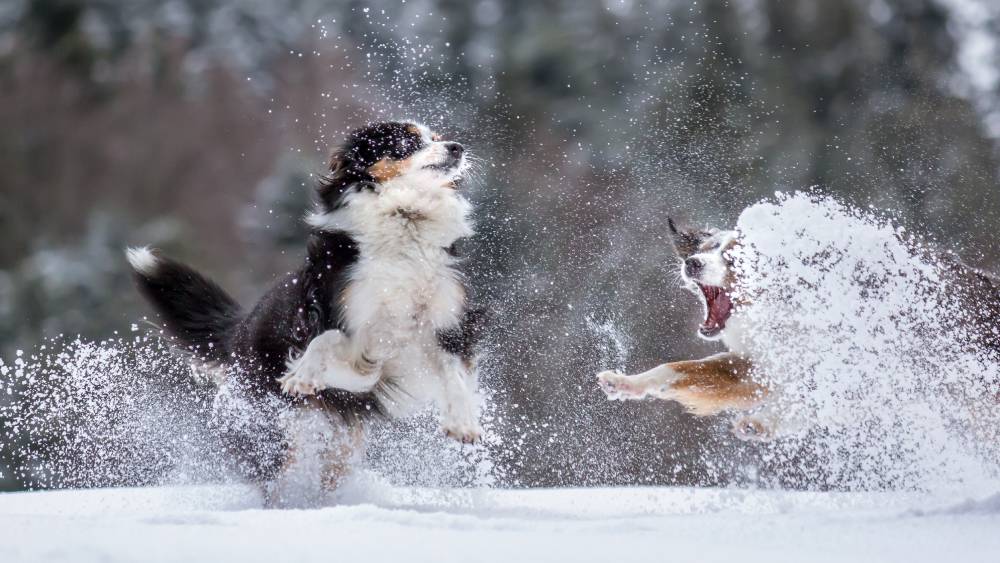

Keeping Your Dog Safe in the Snow
It’s fun to watch your dog play in the snow, but there are things to watch for to make sure they are staying safe. Most dogs can stay comfortable in weather between 45°F and 32°F. Below 32°F, small breeds, breeds with thin coats, and elderly dogs should be monitored. When the temperature falls below 20°F, all dogs are at risk for developing cold-associated health problems.
Prolonged exposure to cold weather can lead to hypothermia. This means your dog’s body temperature has fallen below normal. Dogs should not be exposed to extreme cold or wind for long periods. Monitor your dog in the snow, and watch for signs that they are getting too cold.
- Severe shivering
- Whining
- Trying to hide from the cold or wind
- Acting anxious
- Trying to go back inside
If you notice that your dog is not appreciating the cold, it’s time to bring them back inside. Always keep play sessions in cold weather short, and keep an eye on your dog’s behavior when the temperatures drop.
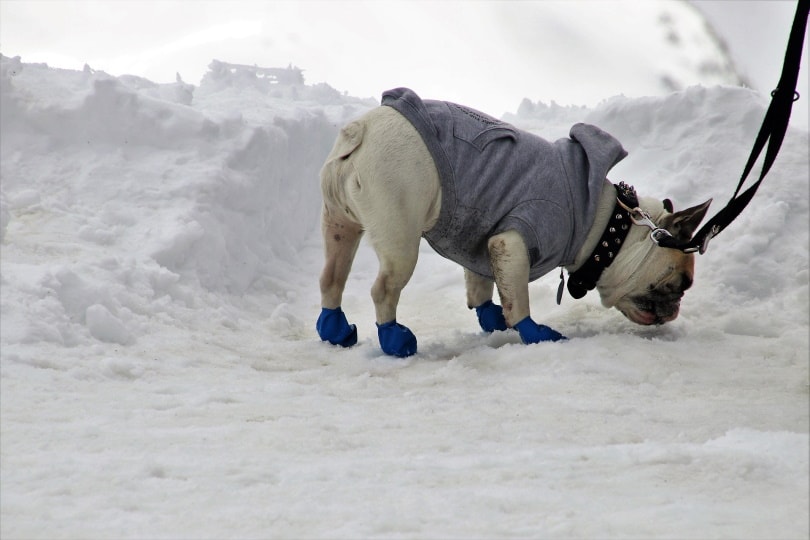

Summary
We may not know exactly why dogs love snow, but we know three likely reasons that they get so excited about it. Watching dogs roll and play in the snow is amusing for us to watch because it’s adorable when they get so happy over something so simple.
We hope that you have learned more about why dogs love snow, as well as a few tips for keeping your pup safe when the cold weather rolls around.
Featured Image Credit: Happy monkey, Shutterstock

